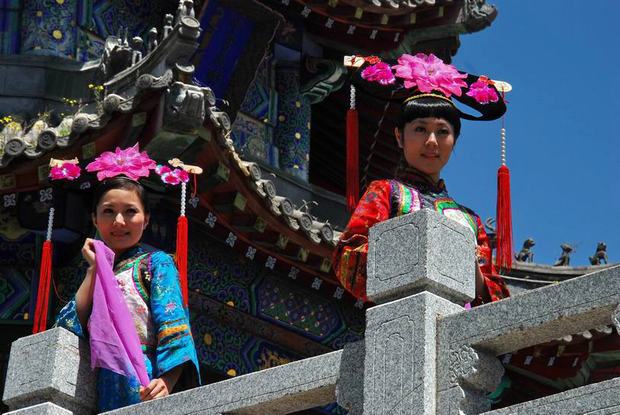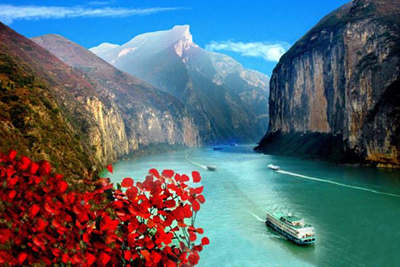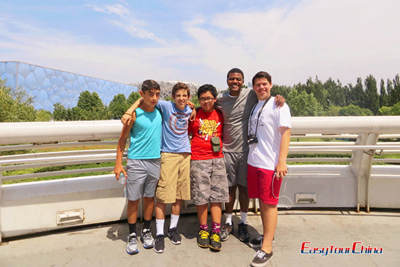Manchu
The Manchu ethnic group is China's second largest with a population of 10.68 million (by 2000). They are mainly distributed in Liaoning, Jilin and Heilongjiang Provinces in north-east China. Manchu history can be traced back to the Nuzhen people who lived 2,000 years ago. They were the earliest ancestors of the Manchu. Manchu has its own language and letters, which belong to the Manchu-Tungusic Austronesian of the Altaic Phylum. Beginning from the 1640s, large numbers of Manchus moved to south of the Shanhaiguan Pass (east end of the Great Wall), and gradually adopted Mandarin Chinese as their spoken language. Most Manchus believed in Shamanism in the past, thinking that there were many gods commanding the world. Now this belief has faded away.
Recommended China ethnic tours:
11-day Guangxi & Guizhou Mountain Tribe Adventure
20-day Yangtze Cruise+Ethnic Adventure
15-day Yunnan and Guizhou Getaway Tour
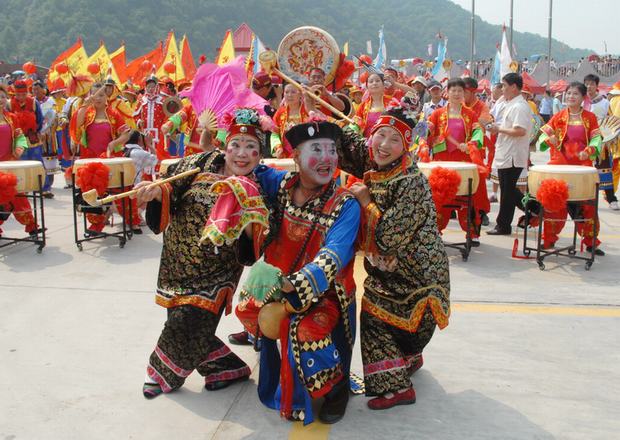
Customs
An ethnic group originally living in forests and mountains in northeast China, the Manchus excelled in archery and horsemanship. Children were taught the art of swan-hunting with wooden bows and arrows at six or seven, and teenagers learned to ride on horseback in full hunting gear, racing through forests and mountains. Women, as well as men, were skilled equestrians.
Houses of the Manchus were built in three divisions, with the middle used as a kitchen and the two wings each serving as bedroom and living room. By tradition, the bedroom had three "kang" (brick beds which could be heated in winter), which were laid against the west, north and south walls. Guests and friends were habitually given the west "kang", elders the north, and the younger generation the south. With windows generally open to the south and west, the houses stayed warm in winter and cool in summer.
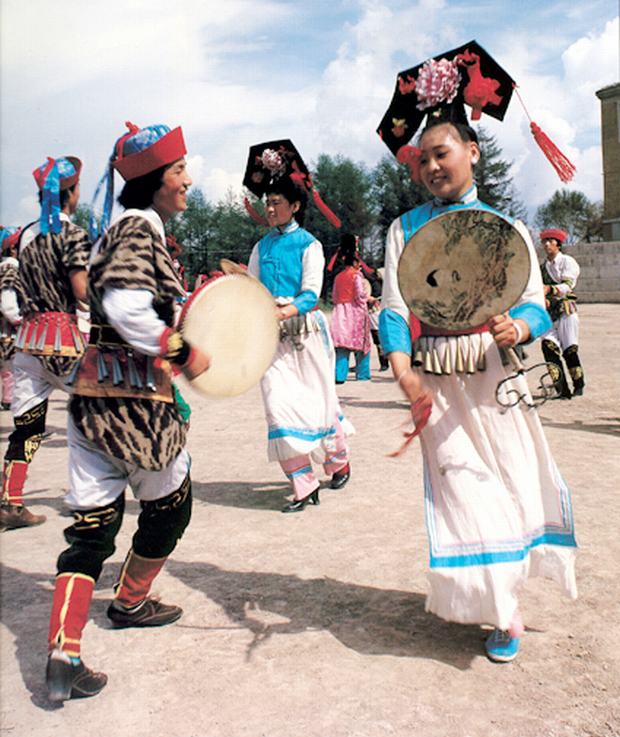
Costumes
The traditional costumes of a Manchu man are a narrow-cuffed short jacket over a long gown with a belt at the waist to facilitate horse-riding and hunting. Manchu women used to wear loose-bodied Cheongsams and embroidered shoes. In the past, Manchu men wore their hair long. They braided their hair and let the braids droop behind their heads. During the Qing Dynasty (1644-1911) the queue became the standard fashion throughout China, eventually becoming a political symbol of the dynasty. Women coiled their hair on top of their heads and wore earrings and headgear.
Festivals
The Manchu and the Han basically share the same festivals and holidays such as the Spring Festival, the Boat Racing Festival and the Mid-autumn Festival, although there are still some differences in terms of celebrating ceremonies. During festivals, the Manchus always hold various traditional sports activities, of which the most common sports are Pearl Ball and skating. The Banjin Festival, which falls on the 13th day of the 10th lunar month, is a specifically Manchu tradition. Banjin in the Manchu language means "birth" or "thriving". It marks the day when the ethnic group renamed themselves "Manchu" in 1635. People perform traditional songs and dances, and prepare copious meals to celebrate this festival.
